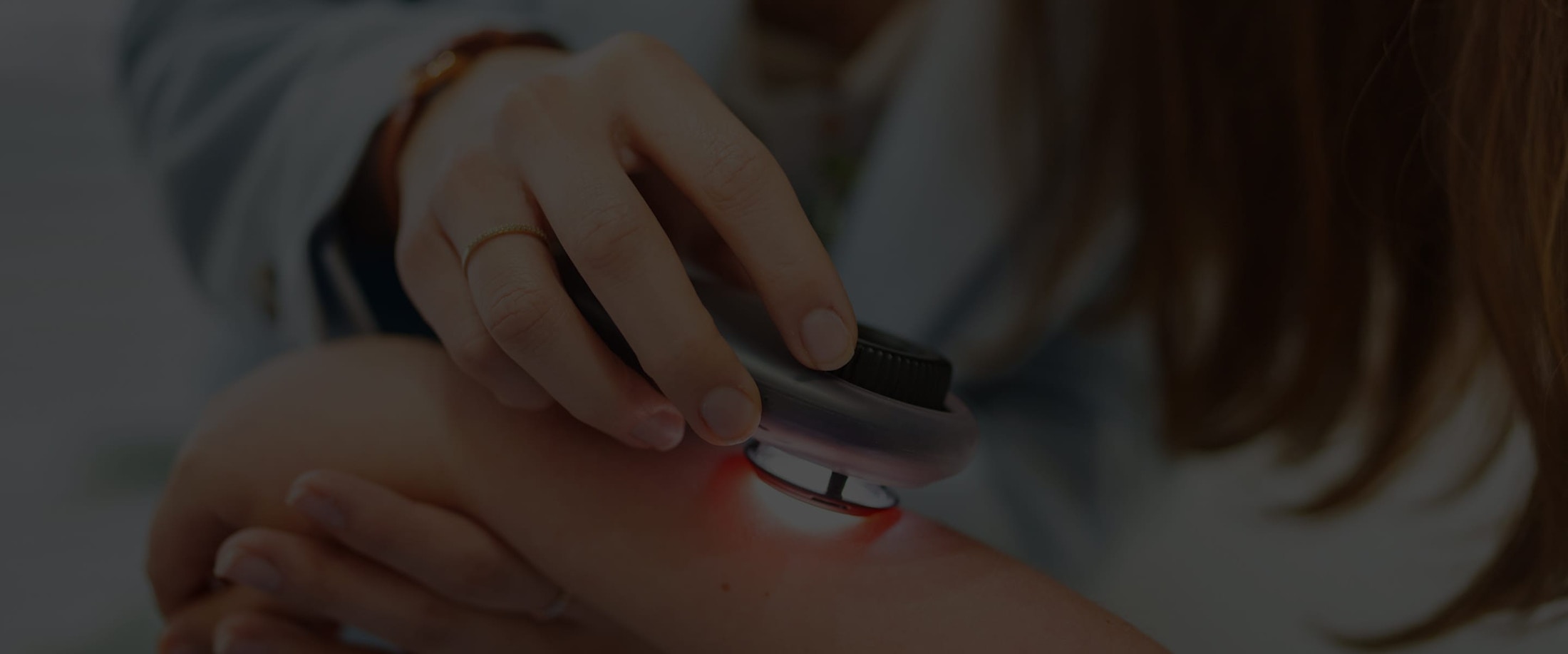When we think of UV light and its relationship with our skin, we tend to think of the damage caused by the sun. But UV light, when administered in a controlled, medical environment can provide real relief to people with chronic skin conditions. This treatment is called phototherapy.
What You Should Know
While phototherapy isn’t known to be painful, it can come with side effects, such as bruising and sunburn. It is also important to wait at least 24 hours until your next session to avoid damaging your skin.
For best results, it’s recommended that you receive phototherapy two to three times a week over a five- or six-week period. This procedure can also dry out your skin, so using a fragrance-free moisturizer after your sessions will help to keep your skin barrier healthy.




